Make sure you know how to avoid injury when skiing.
If you’re heading off on a school ski trip next season, now is the time to start thinking about getting yourselves ready. We’re not just talking about making sure you’ve got everything you need in terms of clothing and equipment, we’re also talking about fitness.
Skiing and snowboarding are physical sports and so a good basic level of fitness will help you to stay injury-free. Of course, you can hit the gym if you want, but if that’s not your thing, why not try cycling? It’s one of the closest activities to skiing possible in this country, certainly in terms of replicating the stress on the body. Or you could even try walking, running or climbing up any hills round your way, to get the most benefit.
You’ll want to focus on strength (in your core, glutes and quads) and flexibility. Apart from reducing the risk of injury, you should also find that this can help stop your ski boots rubbing, as you’ll be better able to hold the correct position over your skis for a prolonged period of time.
Here are a few more tips to keep you and your group injury-free on your next trip.
Avoid fatigue
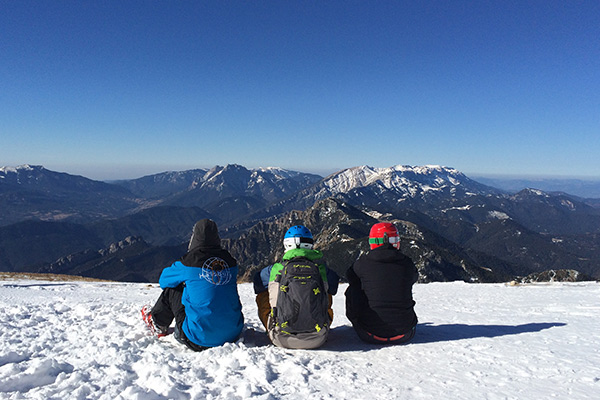
This is where your pre-ski trip efforts should really pay off. The majority of ski injuries happen after 3pm, when people have been out on the slopes for a good few hours. And did you know that you’re likely to be at your most fatigued mid-week? That’s why our UCPA packages include a late start (usually on a Wednesday), to allow everyone to recover a little. Having this morning off reduces accident rates by 50%. It’s also important to take regular breaks when skiing.
Keep hydrated
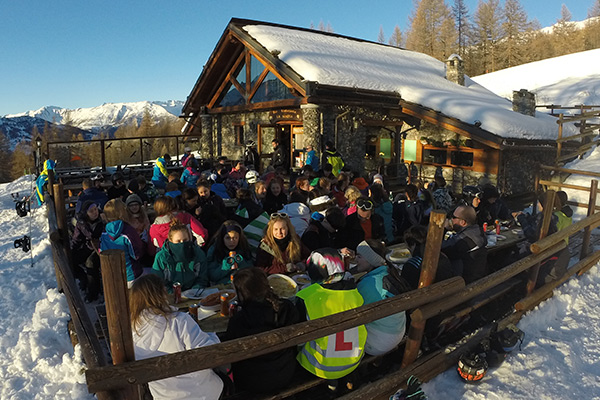
Sometimes it’s easy to forget to rehydrate when you’re skiing. But it’s super important that you do. Everyone should take a water bottle with them, to make sure that they have easy access to a drink as and when they need it. You’ll be surprised at what a difference keeping hydrated makes to muscle stamina – you should find that keeping hydrated helps stave off fatigue too.
Listen to instructors
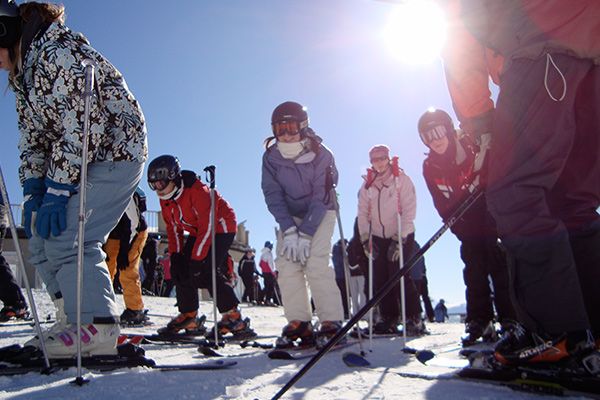
Instructors will be able to teach your group about the importance of making sure that they warm up and cool down properly. They’re also the best people to judge when students are ready to move on to challenging terrain. Learners who try to push themselves outside of their own ability can be a danger to themselves and others, which is why it’s so important to heed the advice of your instructor.
Pay close attention to signs and warnings
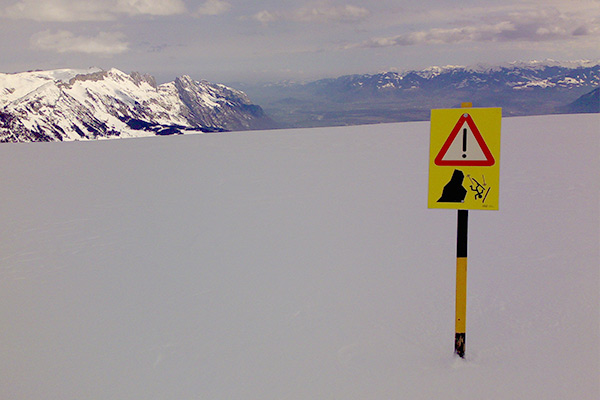
The mountain is a living thing and snow conditions can change rapidly. What previously seemed like an easy run could become much more difficult over a very short period of time as snow and ice conditions change. Pay close to attention to all signs and any warnings – they’re there to protect you and ensure you can enjoy your skiing experience to the full.
Use good-quality protective equipment
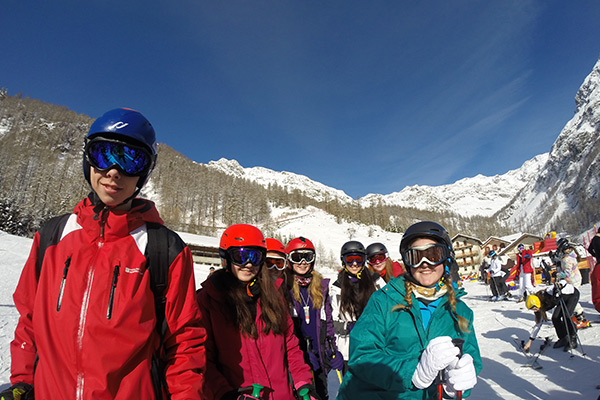
Although for most resorts helmets are still not compulsory, we would always recommend that you wear them when skiing. And for those that use terrain parks, wrist guards, elbow pads and knee pads are also a good idea! If you’re hiring equipment through us, you can be certain that it will be of a high quality. If you’re bringing your own, make sure you take the time to check it over and ensure it’s still safe.